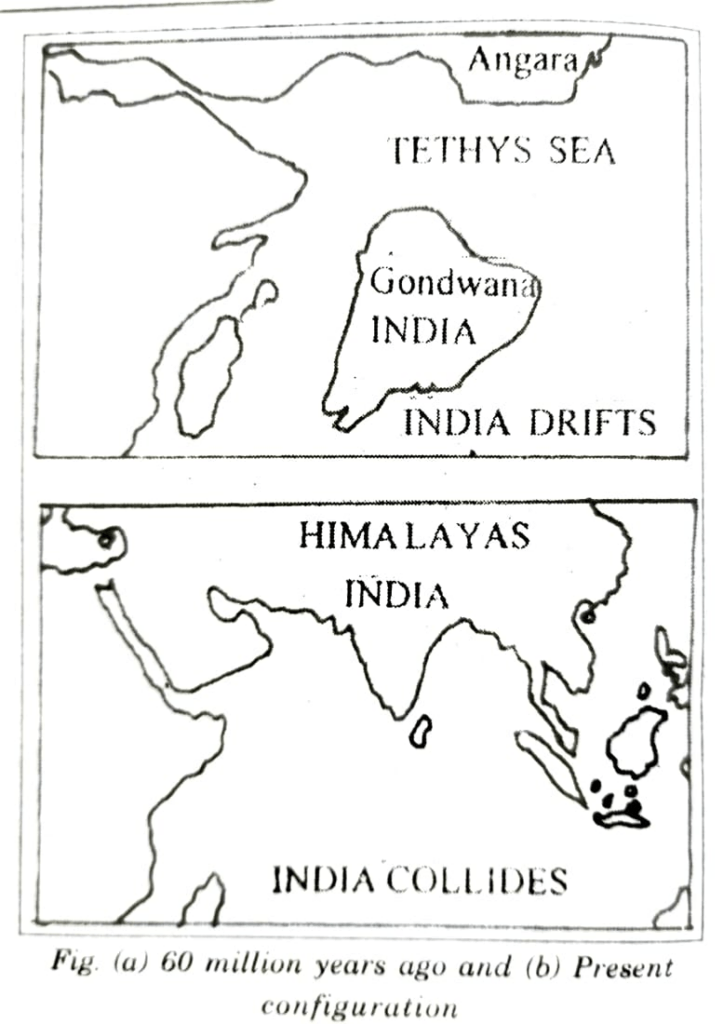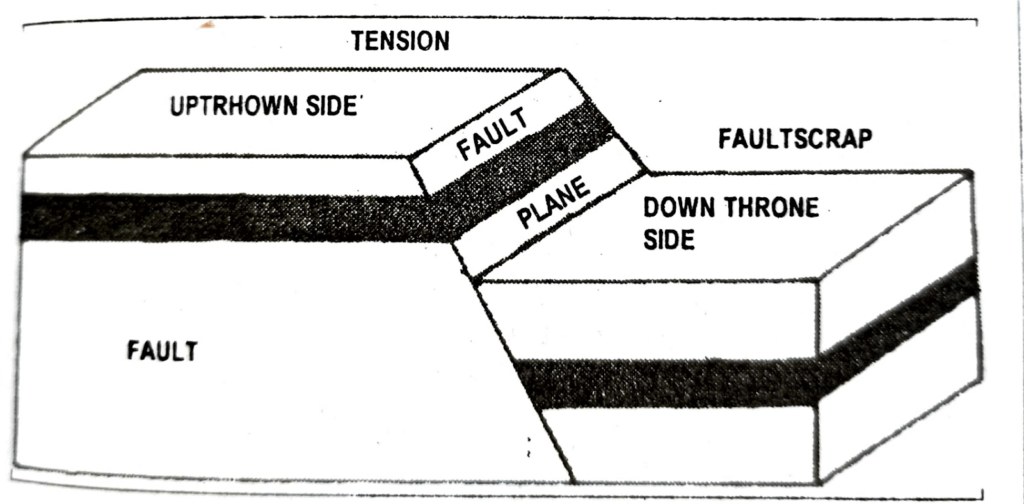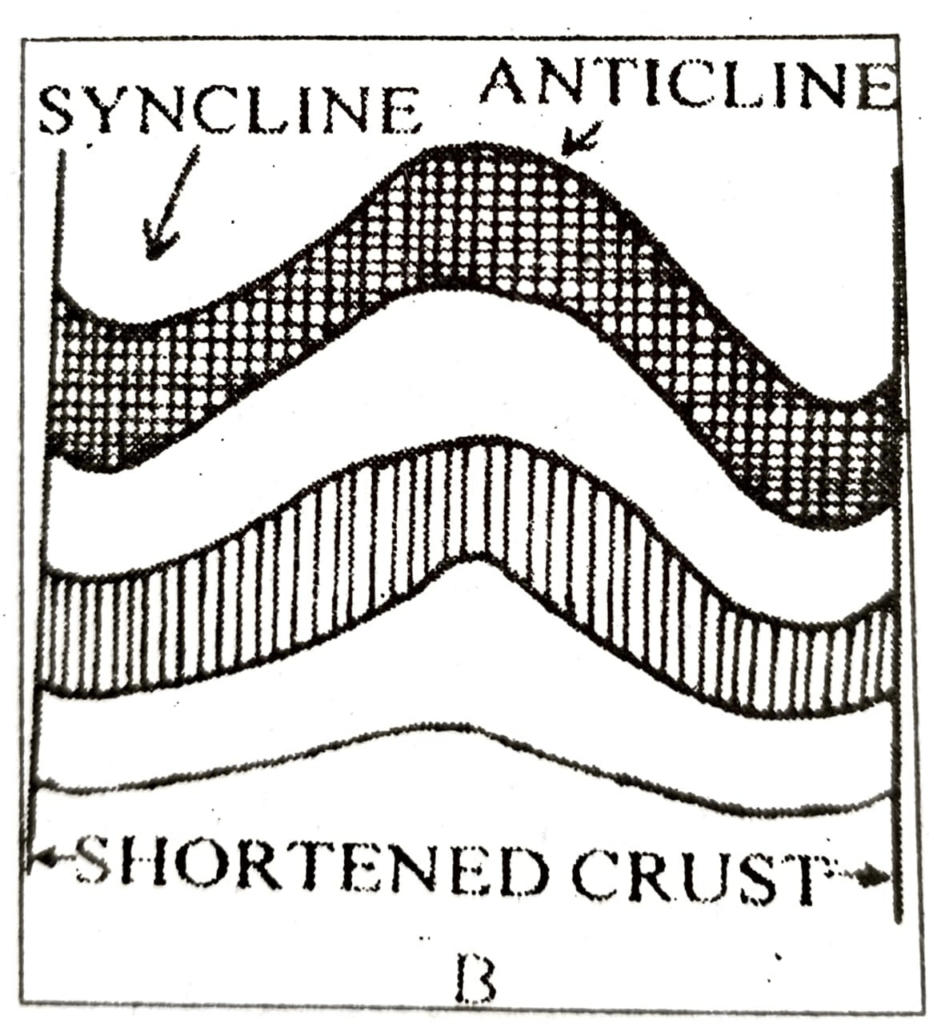NIOS Class 12 Geography Chapter 4 Evolution of Landforms Due to Internal Forces, Solutions to each chapter is provided in the list so that you can easily browse throughout different chapters NIOS Class 12 Geography Chapter 4 Evolution of Landforms Due to Internal Forces and select need one. NIOS Class 12 Geography Chapter 4 Evolution of Landforms Due to Internal Forces Question Answers Download PDF. NIOS Study Material of Class 12 Geography Notes Paper 316.
NIOS Class 12 Geography Chapter 4 Evolution of Landforms Due to Internal Forces
Also, you can read the NIOS book online in these sections Solutions by Expert Teachers as per National Institute of Open Schooling (NIOS) Book guidelines. These solutions are part of NIOS All Subject Solutions. Here we have given NIOS Class 12 Geography Chapter 4 Evolution of Landforms Due to Internal Forces, NIOS Senior Secondary Course Geography Solutions for All Chapter, You can practice these here.
Evolution of Landforms Due to Internal Forces
Chapter: 4
GEOGRAPHY
TEXTUAL QUESTION & ANSWER
INTEXT QUESTION 4.1
Q.1. Give geographical term for internal forces.
Ans. Endogenetic forces.
Q.2. What is earth Movement?
Ans. Movements caused by internal forces affecting the earth’s crust are known as earth movements.
INTEXT QUESTIONS 4.2.
Q.1. Name the earth movements caused by forces of compression.
Ans. Horizontal Movements.
Q.2. Give geographical term for mountain building movements.
Ans. Orogenetic Movements.
INTEXT QUESTIONS 4.3
Q.1. Answer the following questions:
(i) Name the process by which magma is ejected out of the earth’s interior.
Ans. Volcanism.
(ii) Name three types of volcanoes on the basis of the frequency of eruption.
Ans. (i) Active volcano.
(ii) Dormant volcano.
(iii) Extinct volcano.
(iii) Name two types of volcanoes on the basis of the mode of eruption.
Ans. (i) Central type.
(ii) Fissure type.
(iv) State two types of lava on the basis of their fluidity.
Ans. (i) Basis Lava.
(ii) Acid Lava.
INTEXT QUESTIONS 4.4
Q.1. Define an earthquake.
Ans. An earthquake is a motion of ground surface ranging from a faint tremor to a wild motion capable of shaking building apart.
Q.2. Which instrument record the earthquake wave?
Ans. Seismograph.
Q.3. Define ‘Focus’.
Ans. The point within the earth’s crust where an earthquake is originate, called the focus.
Q.4. How is ‘Tsunami’ caused?
Ans. A seismic sea wave which originate due to earthquake oceans is under called tsunami.
TERNIMAL QUESTIONS
Q.1. What is meant by internal forces? List causes of the origin of these forces.
Ans. The forces which originate from within the earth’s crust or inside the earth are called internal or endogenetic forces.
The causes of the origin of these forces are internal heat, chemical reactions taking place with in the earth and the transfer of rock materials on the earth’s surface by external forces.
Q.2. Give four examples to prove that the earth’s crust is unstable.
Ans. The earth’s crust is not stable. It has experienced innumerable earth movements which have brought many changes in the surface.
Some examples of these movements are:
1. Submergence of forests in Mumbai Harbour.
2. The Mahabalipuram temple now standing on the sea and changes in the ground level in Kachchh in India.
3. The submergence of ancient buildings in Mediterranean sea, and the ancient city of Dwarka in Saurashtra, India.
4. From the figure given below, it is clear evident that type of physiography of India was entirely different about 60 million year ago.

5. The Tethys sea was gradually filled up by the sediments brought by rivers from the surrounding regions. Later the sediments formed in the bed of this sea in the form of Himalaya mountain in the north and Gangetic plain in the south.
Q.3. Draw diagram to show:
(i) Displacement of rock strata along a fault line plane.
Ans.

(ii) Anticline and syncline of rocks strata.
Ans.

Q.4. Differentiate between vertical and horizontal movements.
Ans.
| Vertical Movements | Horizontal Movements |
| 1. Vertical Movements originate from the earth and effects it’s surface. | 1. Some forces which acts on the earth crust from side to side are called horizontal movements. |
| 2. Large scale uplift and subsidence of a part take place. | 2. They cause a lot of disruption in the horizontal layer of strata as they do involve a good deal of compression and tension of the pre-existing rocks. |
| 3. These movements are show and widespread and do not bring changes in the horizontal rock strata. | 3. These forces act horizontally to the earth’s spherical surface. |
| 4. These movements are mainly with formation of continents and plateaus. Hence these are called continent building movements. For example submergence of ancient city Dwarka in Saurashtra. | 4. These are known as horizontal movements. For example: Midland valley of Scotland the Rhine valley. |
Q.5. Distinguish between folding and faulting.
Ans.
| Folding | Faulting |
| 1. The compressional forces lead to the bending of rock layers and these lead to formation of fold mountains. | 1. Folding generally lead to or its accompany by fracturing in rock strata. |
| 2. The upfolds are called anticline and down folds are called syncline. | 2. Faulting leads to the formation of the rift valley, Horsts and escarpment. |
Q.6. What is a volcano? Describe different types of volcanoes with examples.
Ans. Volcano is a vent or opening in the earth’s crust through which molten material Ash, stream and other hot gases are emitted slowly or forcefully in the course of an eruption. These materials are thrown out from the hot interior of the earth to it’s surface.
The hot material beneath the earth’s surface is known as magma. When this magma comes out it is called lava.
Types of volcanoes: Volcanoes are mainly three types:
1. Active Volcanoes: Volcanoes which erupt frequently or have erupted recently are called active volcanoes.
Example: Barren island volcano in India.
2. Dormant Volcanoes: Volcanoes which have not erupted in recent times are known as dormant volcanoes.
Example: Kilmanjaro in Tanzania.
On the basis of mode of eruption these are divided into two types:
1. Central types of Volcanoes: When the eruption in volcano takes place from a vector or hole, it is called Central type of volcano. Conical hills and domes are formed by this type of volcano.
2. Fissure type of Volcanoes: Some time deep elongated cracks develop due to earthquake or faulting. The magma starts flowing through the fissure. This mode of eruption is called fissure type of eruption.
On the basis of fluidity of lava:
1. Volcano of basic lava: It has great fluidity. It flows far and wide quietly with greater speed. It forms shield.
2. Volcanoes of acid lava: It is highly viscous. The acid lava volcanoes cause the formation of usually higher land features with steeper slopes.

Hi! my Name is Parimal Roy. I have completed my Bachelor’s degree in Philosophy (B.A.) from Silapathar General College. Currently, I am working as an HR Manager at Dev Library. It is a website that provides study materials for students from Class 3 to 12, including SCERT and NCERT notes. It also offers resources for BA, B.Com, B.Sc, and Computer Science, along with postgraduate notes. Besides study materials, the website has novels, eBooks, health and finance articles, biographies, quotes, and more.



